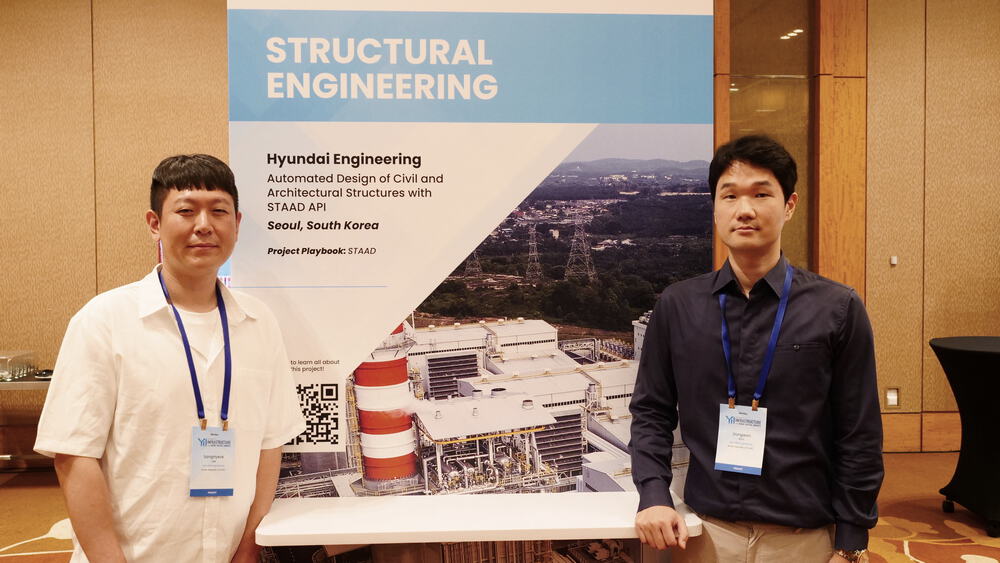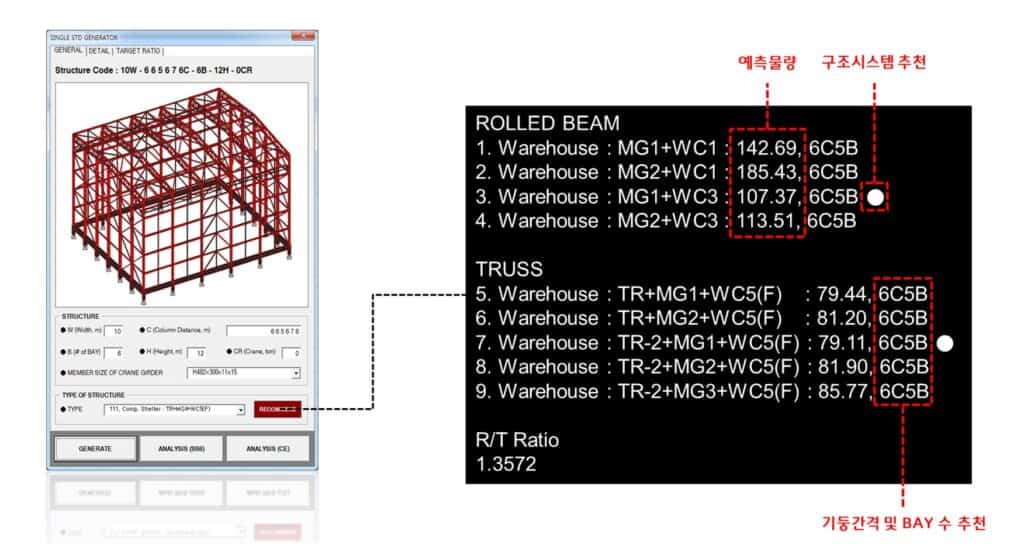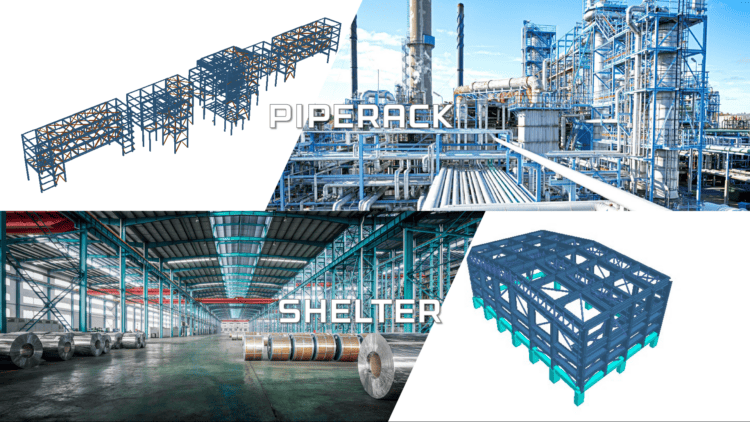Structural engineering involves a long and tedious process of building structures that can withstand environmental conditions, calculating stability, strength, and rigidity, and ensuring the integrity of the materials for each project, according to Go Construct.
Dedicated structural engineering software helps structural engineers perform their duties like Bentley’s Structural Analysis and Design software (STAAD), which “helps structural engineers perform 3D structural analysis and design for steel and concrete structures”.
Hyundai Engineering & Construction Co., Ltd (Hyundai E&C) won Bentley Systems’ 2023 Year in Infrastructure and Going Digital Awards in the Structural Engineering domain by using STAAD and Artificial Intelligence (AI) to automate shelter and pipe rack designs.
“The result was an error-prone resistant, integrated solution of 3D modelling with intelligent digital workflows that provided accurate design information and accelerated front-end engineering design by at least 30%. A database of 1,680 scenarios was created, generating 27 million prediction models, that can automatically convert design information into a 3D model for real-time synchronisation of maintenance prediction and improvement work of buildings in similar projects in the future, ” reports The Structural Engineer.
Deciding to use STAAD

According to Dongwon Kim, the general manager of Hyundai E&C South Korea, they decided to use STAAD to carry out modelling automation.
“The modelling program has to provide Application Programming Interface (API) because we can use that API to customise. It provides countless APIs. That is the core factor why we leverage STAAD very well,” he explains.
Kim claims that without the software, it will be impossible to carry out structural designs.
“Without STAAD, you have to come up with other modelling programs. Using STAAD without automation, working on modelling may take three days. If you use automation, you can complete your job within a day and save time by 30% to 60%,” the Hyundai E&C executive adds.
STAAD, automation, AI
Kim says using STAAD and automation has worked miracles for them but they are still looking for ways to step up the game.
“To further ourselves to the level of AI, we had to take one step ahead by accumulating good data,” he explains.
He adds that enhancing the prediction accuracy of AI requires an excellent database.
“Maybe, for now, our AI is not perfect yet, but accumulating a good database will enhance prediction accuracy. Even if it does not reach a 100% level, as long as that prediction is better or higher than humans, it is better.”
Benefits of STAAD

Kim says the main advantage of STAAD is its various functions.
“There is a variety of APIs available from modelling to analysis, geometry modelling loading, input setting, boundary condition, design parameter, and analysis,” he lists.
Bentley notes that STAAD “can design, analyse, and document structural projects – anywhere in the world, with any material. It also offers a flexible solution to cover all structural engineering needs from the foundation up. STAAD is a comprehensive structural finite element analysis and design application that allows users to analyse any structure exposed to static, dynamic, wind, earthquake, thermal, and moving loads.
Kim adds that STAAD supports various coding languages. According to Bentley Communities, C, C++, VB, VBA, FORTRAN, Java, and Delphi “can tap into STAAD’s database and seamlessly link input and output data to third-party applications.”
“The developers who can converse in different languages can use its programming benefits,” Kim says.
The future of STAAD and automation
In the future, Kim hopes to collaborate more with Bentley to discuss plans and innovations at Hyundai E&C.
“We want to extend automation into a variety of structures. We need to collaborate to make our designs and how we can automate. We have to develop a lot of ideas. We can work on them to be better.”



